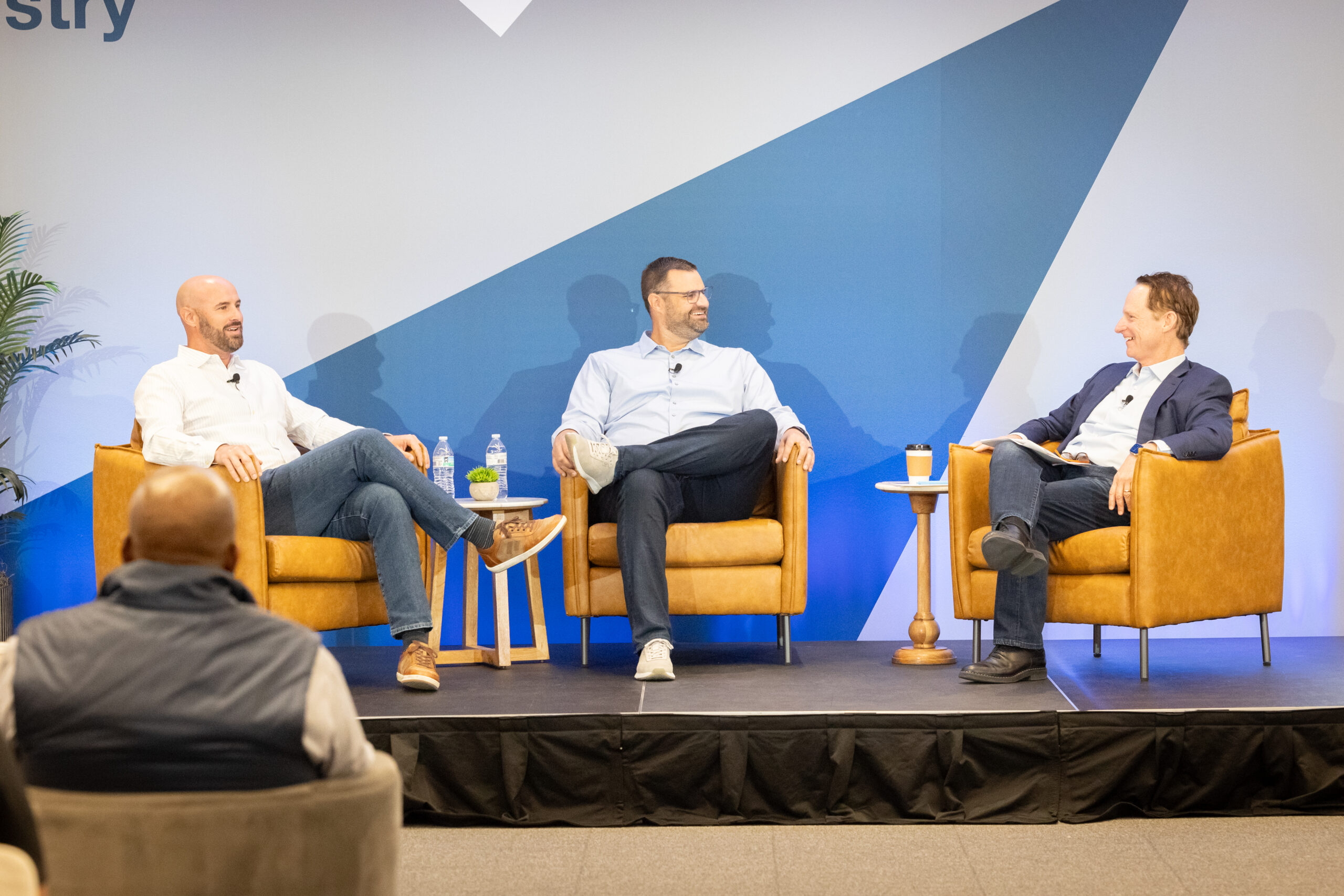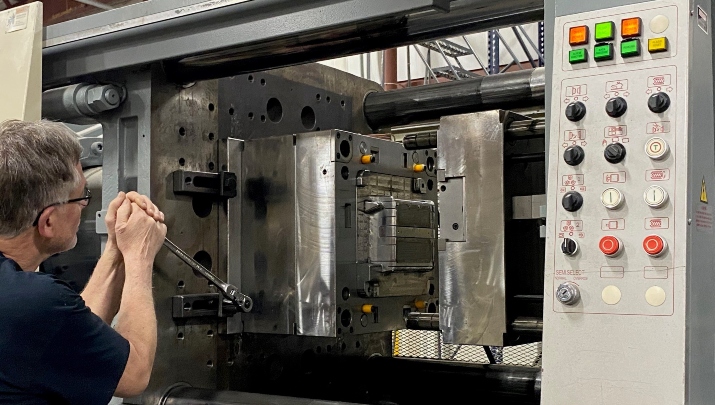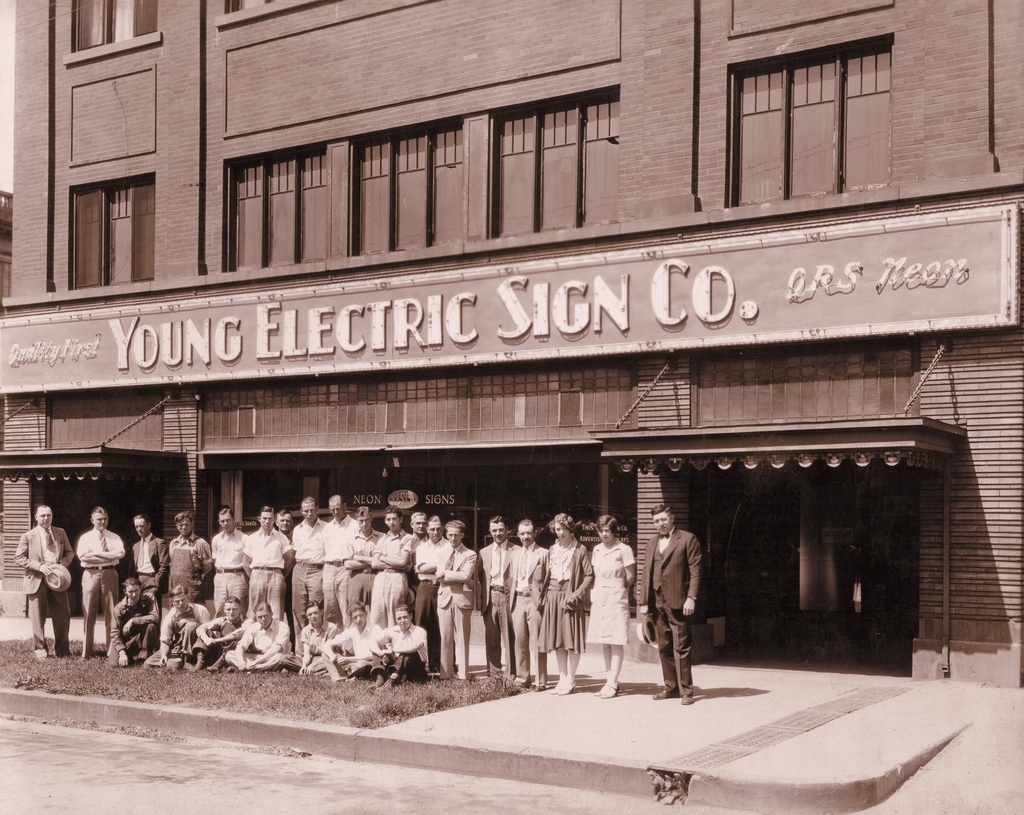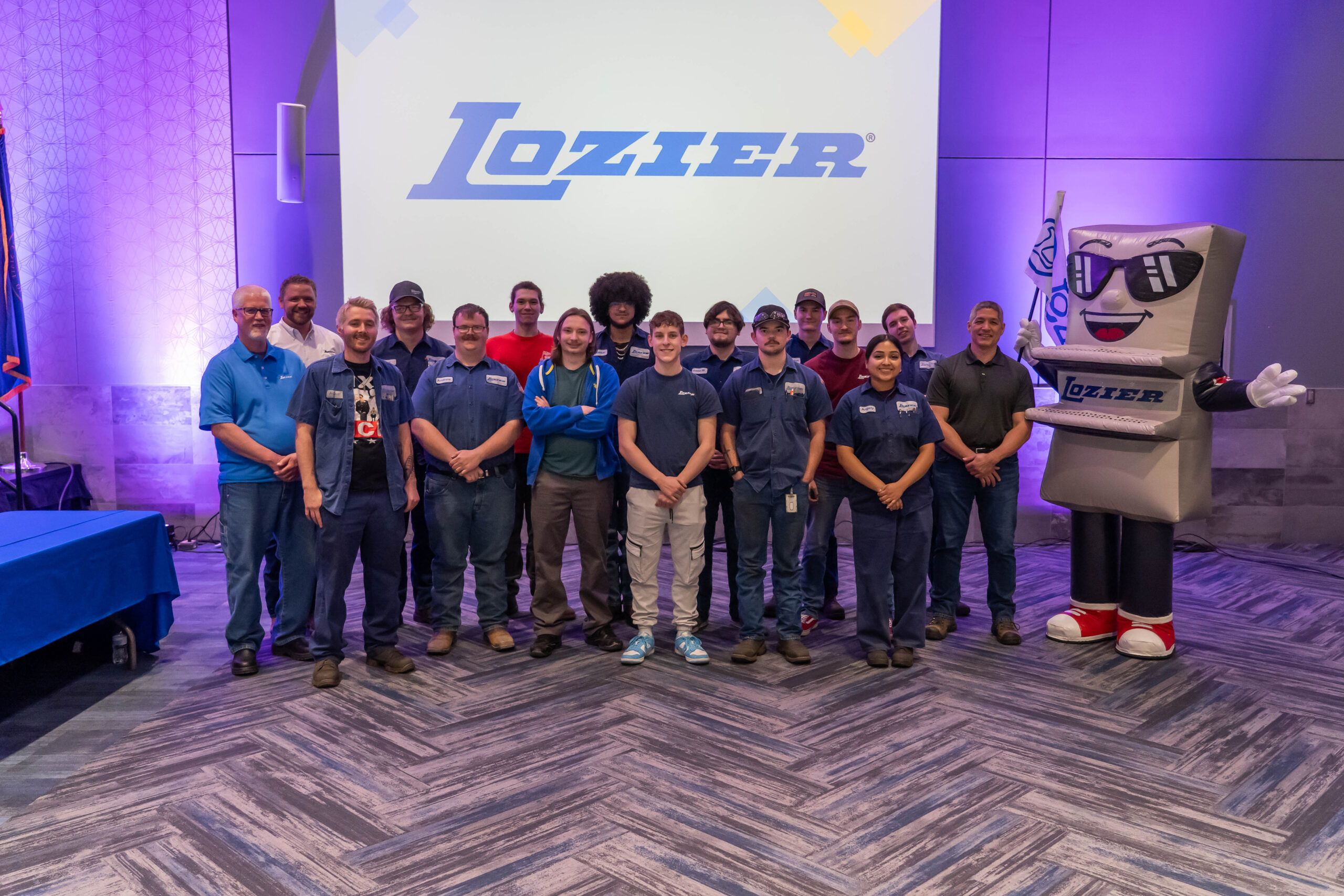

Prepare for the Day You Step Away
- Don Shaffer
- RSF Financial
Leadership succession for founders of Evergreen companies.
There are so many ways for CEO succession plans to go wrong. Sometimes the old CEO is not really ready to let go or the new CEO isn’t properly prepared to take the reins. There can be factions; there can be mutinies. Missed communications and hurt feelings can set a company back for months or crater it altogether.
I like to think that at RSF Social Finance, we got it right. Based in San Francisco, RSF has been a direct lender to social enterprises for more than 30 years. Our assets have grown over 40 percent in the past three years to $170 million, and we have made nearly $300 million in loans to 240 organizations.
I took over as CEO in 2007 after our co-founder, Mark Finser, decided to step down.
Before I started at RSF, Mark had run the organization since 1991. That’s 16 years with one leader. We’d been very successful — those were big shoes to fill. Watching the way Mark handled the transition taught me so much about being a leader and how to pass a company on to the next generation.
Succession is an especially important issue for Evergreen companies. We aren’t building companies for a quick sale, we are building them for the long run. At some point, you’ll have to hand your company over to someone else. That person might be a family member or a trusted employee or even someone from outside the organization.
Here is what I learned as the “new guy.” I hope there are a few insights that will help you, the founder/CEO of an Evergreen company, to step back when the time comes, to identify and recruit a great new CEO and to create the conditions for your enterprise to continue to thrive.
I am not saying we have 100 percent nailed it at RSF, but we have worked extraordinarily hard at each stage, and I now see — eight years later — how it’s possible for succession to be a process that brings tremendous personal growth and many other benefits for the founder, the new CEO and all the stakeholders of an Evergreen company.
Start internal preparation years ahead of time, if you can. In 2002, Mark began a series of retreats meant to strengthen RSF’s internal culture. It was important to him that the people in his organization operated from a place of deep trust and respect toward each other. By building on the collaborative capabilities of our organization, he strengthened the team and prepared them for the day when he would step away. If you get the whole organization to hold and cherish the company’s core values, you’ll have a better chance for a smooth transition.
Trust your instincts. Once you get broad support for stepping back (Mark is still our board chair, and we continue to work actively on a range of things together), then trust that you made the right choice for the new CEO — even if that person doesn’t fit your initial hiring criteria. I did not have a pedigree banking background. I was 38 when I was hired — too young for some board members. And they were hoping to hire a female CEO. But Mark and the board saw something in me that required them to let go of their preconceived ideas and trust their instincts instead.
Prepare your key clients/customers. Make sure they understand, well ahead of time, why you’re stepping back and why you have confidence in the new person. Attend the first round of meetings with these key clients if that is appropriate. Check in regularly with the new CEO to make sure you have the right feel for how much of your presence, if any, is needed. I remember many meetings early on where Mark supported me in the presence of key clients, and it really helped kick off those important relationships and build my confidence.
Allow the new CEO to make mistakes. Two months after I joined RSF in 2007, the Great Recession started. Small banks were folding left and right. I witnessed a lot of irrational behavior, and I was scared about what might happen on my watch. During this period I kept putting in place ambitious growth targets that became unrealistic relatively quickly. Mark tried to help me avoid this trap, but ultimately let me plow forward — which was great. We’ve done well since then, but that was a mistake I won’t make again.
Keep it light. In the frenetic world of business and finance these days, it’s easy to take yourself too seriously. As a founder who is providing a range of support for the incoming CEO, try to keep your sense of humor. Don’t let the new CEO stay in a constant sales mode or feel the need to continue interviewing for the job. Get him or her to slow down and even be vulnerable. My dad used to coach me in baseball, and one of his best pieces of advice was “You’re gripping the bat too tight.”
Remember: As an Evergreen CEO, you’re not building to flip; you are building a cathedral. And this takes a different mindset and a different approach to leadership altogether.
Don Shaffer has served as president and CEO of RSF Social Finance since 2007.
More Articles and Videos

Fireside Chat with Dave Thrasher, Dan Thrasher, and Dave Whorton
- Dave Thrasher, Dan Thrasher, & Dave Whorton
- Supportworks and Thrasher Group

Get Evergreen insight and wisdom delivered to your inbox every week
By signing up, you understand and agree that we will store, process and manage your personal information according to our Privacy Policy






